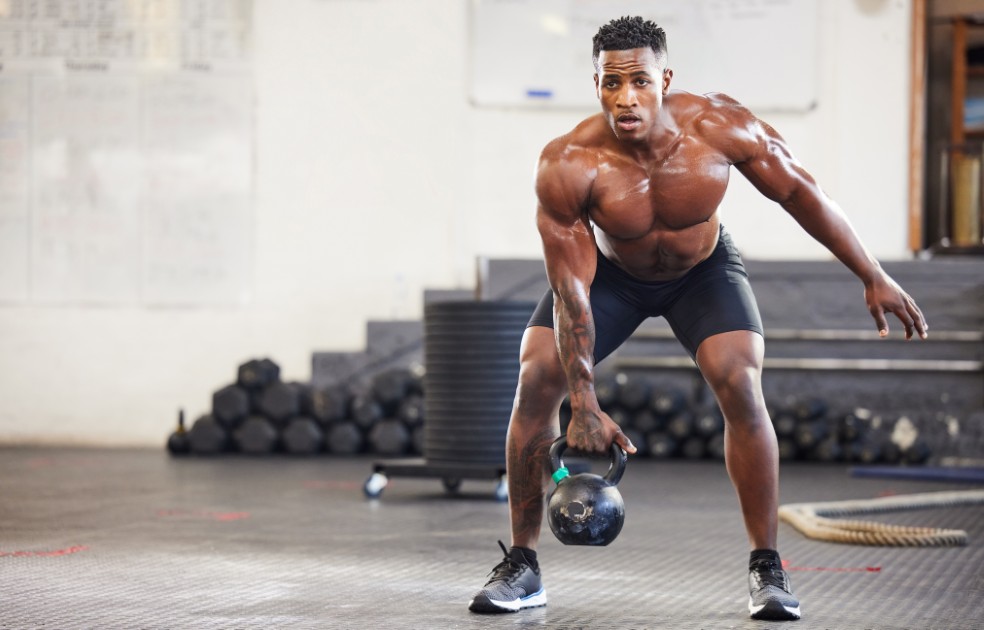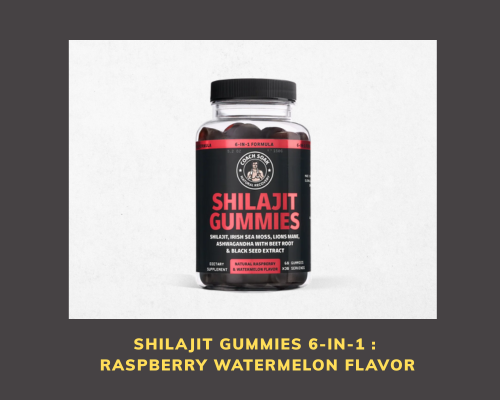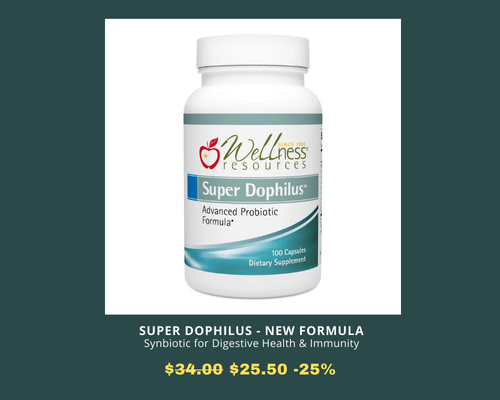Introduction
Building muscle and gaining strength is a goal within reach for everyone – from complete beginners to seasoned athletes. Maybe you’re a busy professional squeezing in quick workouts at home, a woman concerned about “bulking up,” or an older adult aiming to stay strong and independent. No matter who you are, the formula for success is the same: consistent training, proper nutrition, and ample recovery. This comprehensive guide will walk you through proven strategies to help you get stronger, whether you have a full gym setup or just your living room. Let’s dive in and kick-start your muscle-building journey!
Benefits of Building Muscle and Strength
Strength training does far more than improve your appearance – it transforms your health and quality of life. Here are some key benefits of building muscle and strength:
- Greater Health and Vitality: Regular resistance exercise (even just 2–3 times per week) increases muscle mass and strength, preserving bone density, functional independence, and overall vitality as you age pubmed.ncbi.nlm.nih.gov. It also helps reduce the risk of osteoporosis and manage chronic conditions like heart disease, arthritis, and type 2 diabetes. In short, strong muscles lead to a stronger, healthier you.
- Better Weight Management: Muscle tissue is metabolically active, meaning it helps you burn more calories at rest. Building muscle can boost your metabolism and make it easier to manage body weight. Many people find that strength training combined with a balanced diet leads to reduced body fat and a firmer, toned look.
- Confidence and Mental Well-Being: Tackling strength goals is empowering. Women, for example, benefit greatly from weight training – they gain lean muscle and lose fat without becoming overly bulky (due to much lower testosterone levels), while also strengthening bones and boosting self-confidence. Strength training is even linked to improved sleep and mood, and reduced symptoms of depression.
- Maintained Independence with Age: Muscle building isn’t just for the young. Older adults can absolutely gain strength and muscle with a safe, regular program. Consistent strength training (think a couple of sessions per week) helps seniors stay independent by improving balance, mobility, and bone health. Experts emphasize that exercise is a lifelong pursuit – people can train well into their 70s and 80s to stay strong and functional uhhospitals.org. It’s never too late to start reaping the benefits!
Gym Workouts for Muscle and Strength
When you have access to a gym, take advantage of the variety of equipment to maximize muscle-building. Focus on compound exercises – movements that engage multiple muscle groups at once – as the core of your routine. Exercises like squats, deadlifts, bench presses, pull-ups, rows, and overhead presses are highly effective for building overall strength because they recruit large muscles (legs, chest, back, shoulders) and stimulate your body to release muscle-building hormones. Start with weights you can handle with good form, and gradually increase the challenge over time.
Progressive overload is the key principle here. This means gradually increasing the stress on your muscles – for example, by adding a bit of weight, doing extra reps, or reducing rest time as you get stronger. By steadily upping the intensity, you signal your body to adapt by growing bigger and stronger muscles, health.clevelandclinic.org. For instance, if you comfortably squat 50 lbs for 3 sets of 10, try 55 lbs next time or aim for 12 reps with 50 lbs. These small increases might feel modest, but they add up to significant gains over weeks and months. Pro Tip: Keep a workout log (or use a fitness app) to track your weights and reps. Seeing your progress on paper is motivating and helps you plan each workout to beat your previous best.
In the gym, don’t neglect proper form and warm-ups. Begin each session with a dynamic warm-up (light cardio and mobility drills) to get blood flowing to your muscles and reduce injury risk. If you’re new, consider asking a trainer for guidance on exercise technique – good form ensures you target the right muscles and stay safe. Aim to train each major muscle group 1–2 times per week. For example, you might do full-body workouts three days a week, or split routines (e.g. upper body one day, lower body the next). Remember that quality beats quantity: an intense 45-minute focused workout can be more effective than wandering around the gym for two hours. Challenge yourself, but also listen to your body – if a weight feels too heavy or you’re losing form, scale back to avoid injury. As long as you stay consistent and gradually ramp up the challenge, you will get stronger.
Home Strength Training Routines
Don’t have a gym membership or traveling with no equipment? No problem – you can still build muscle and strength right at home. Bodyweight exercises and minimal equipment workouts can be remarkably effective, especially for beginners or busy schedules. The key is to still apply the progressive overload principle by increasing difficulty as you adapt. Start with basics like push-ups, pull-ups (or bodyweight rows), squats, lunges, glute bridges, and planks. Focus on perfecting your form and gradually do more reps or switch to harder variations. For example, if knee push-ups become easy, progress to standard push-ups, then to decline or one-arm assisted push-ups for an extra challenge. You can also slow down the tempo of your reps (e.g., 3 seconds down, 1 second up) to make exercises harder and stimulate muscle growth.
If you have access to simple equipment, it expands your options. Dumbbells, resistance bands, or kettlebells are fantastic for home training – they’re relatively inexpensive and allow you to add external resistance. You can perform rows with a resistance band, goblet squats with a dumbbell, or overhead presses with a kettlebell, mimicking many gym moves. Even everyday objects (like a backpack filled with books for weight, or a sturdy chair for step-ups and tricep dips) can serve as workout gear. Get creative and use what you have!
For busy individuals, home workouts can save time and keep you consistent. Schedule short sessions (even 20–30 minutes) a few days a week. You might do a quick circuit of exercises – for example, 3 rounds of bodyweight squats, push-ups, lunges, and planks. This gets your heart rate up while working multiple muscle groups. The convenience of home routines means you’re more likely to stick with it on hectic days. Consistency is king: a simple workout you actually do is better than a “perfect” workout you skip because you couldn’t make it to the gym. Over time, these at-home gains really add up.
Nutrition for Muscle Growth and Strength
You can train hard, but without proper nutrition, you’ll be limiting your results. Building muscle requires supplying your body with adequate protein and calories to repair fibers and synthesize new muscle tissue. Think of food as fuel: to get stronger, you must eat to support your training.
Protein is the star macronutrient for muscle repair. During strength training, you create tiny tears in your muscle fibers; protein provides the amino acids needed to rebuild and grow those muscles back bigger and stronger. Experts recommend around 1.6–2.2 grams of protein per kilogram of body weight per day for those looking to maximize muscle growth usada.org. (For reference, a 150-pound person is about 68 kg, so this equates to roughly 110–150 grams of protein daily.) Prioritize high-quality protein sources such as lean meats, poultry, fish, eggs, dairy, beans, tofu, and protein shakes. Spread your protein intake across meals – for example, have some with breakfast, lunch, and dinner – to optimize muscle protein synthesis throughout the day. And don’t forget a post-workout protein snack or shake; consuming protein within a couple hours after training can jumpstart the recovery and growth process vailhealth.org.
While protein often gets the spotlight, carbohydrates and fats play important supporting roles. Carbs are your muscles’ primary energy source – eating enough carbs (whole grains, fruits, starchy veggies, etc.) ensures you have the fuel to crush your workouts and helps refill muscle glycogen after training. In fact, eating some carbs along with protein after a workout can encourage faster recovery and muscle repair uchealth.org. Healthy fats (from foods like nuts, olive oil, avocado, fatty fish) are important too, supporting hormone production (including testosterone and growth hormone) and overall health. Hydration is another often-overlooked factor: muscle cells need water to function optimally. Even mild dehydration can delay recovery and sap your strength, so drink water regularly throughout the day (and a bit extra around workout times).
Finally, if your goal is to gain muscle mass, you may need to eat at a slight calorie surplus – meaning consume more calories than you burn daily. Focus on nutrient-dense foods and avoid skipping meals. Conversely, if you’re aiming to get stronger while losing fat, a high-protein, slightly calorie-reduced diet can help you do so gradually. In all cases, a balanced diet rich in whole foods, plenty of protein, and ample vitamins/minerals will give your body the building blocks it needs to grow stronger.
Rest and Recovery: The Secret Weapon
Here’s a surprising truth: muscles grow when you rest, not while you’re lifting. Exercise is the stimulus for change, but the actual improvements happen during recovery. Taking recovery as seriously as your workouts will accelerate your progress and prevent burnout. In fact, recovery isn’t a sign of weakness – it’s where the magic happens. During rest days and sleep, your muscles rebuild stronger, your nervous system resets, and your body repairs tissues and refills energy stores vailhealth.org. Shortchange yourself on recovery, and you risk overtraining, injury, or frustrating plateaus. Prioritize recovery, and you’ll amplify the benefits of all the hard work you put in.
What does smart recovery entail? First and foremost: sleep. Aim for around 7–9 hours of quality sleep per night to let your body do its rebuilding. During deep sleep, your body releases growth hormone, which is essential for muscle repair and growth. If you routinely sleep too little, your muscle gains (and overall health and mood) will suffer. Create a sleep-friendly routine – keep your bedroom cool, dark, and quiet, and try to go to bed at a consistent time.
Additionally, schedule rest days into your weekly training plan. It’s generally recommended to allow at least 48 hours of rest before working the same muscle group again, to give those muscles time to fully recover and grow. You can do light active recovery on rest days – gentle activities like walking, stretching, or yoga, which promote blood flow and help reduce soreness without straining your muscles. Techniques like foam rolling or massage can also alleviate tightness, though their impact on performance is modest. The bottom line is to listen to your body: if you’re extremely sore or fatigued, it’s a clear signal to prioritize recovery. Remember, a day off or a lighter session now and then will not set you back – it will actually propel you forward in the long run by keeping you healthy and motivated.
Stay Consistent and Motivated
Building muscle and strength is a marathon, not a sprint. Consistency beats perfection. It’s better to steadily follow a good-enough plan than to do the “ideal” plan inconsistently. Find workouts you enjoy – whether it’s pumping iron at the gym, a fun group class, or a quick home circuit – so that exercise becomes a rewarding part of your routine. If you’re a busy professional, schedule your workouts like important meetings, even if they’re short. If you’re new to exercise, celebrate small wins: the first time you do 10 full push-ups or squat with a heavier weight is worth patting yourself on the back! Keep setting achievable goals, like adding a rep or a few pounds each week, to stay motivated by progress.
Don’t hesitate to seek support as well. Working out with a friend or joining a fitness community (in person or online) can keep you accountable and make training more fun. And remember, everyone starts somewhere. Even the strongest athletes were beginners once – they achieved their results through patience, perseverance, and smart habits over time. With the right approach, you can transform your body and strength beyond what you might think is possible. Stay focused on your journey, and enjoy the process of becoming a stronger, healthier you.
Ready to take the next step? Be sure to check out other articles in our Fitness section for more expert tips, workout ideas, and motivational success stories. Keep learning, keep pushing, and never stop growing – you’ve got this! uhhospitals.org












